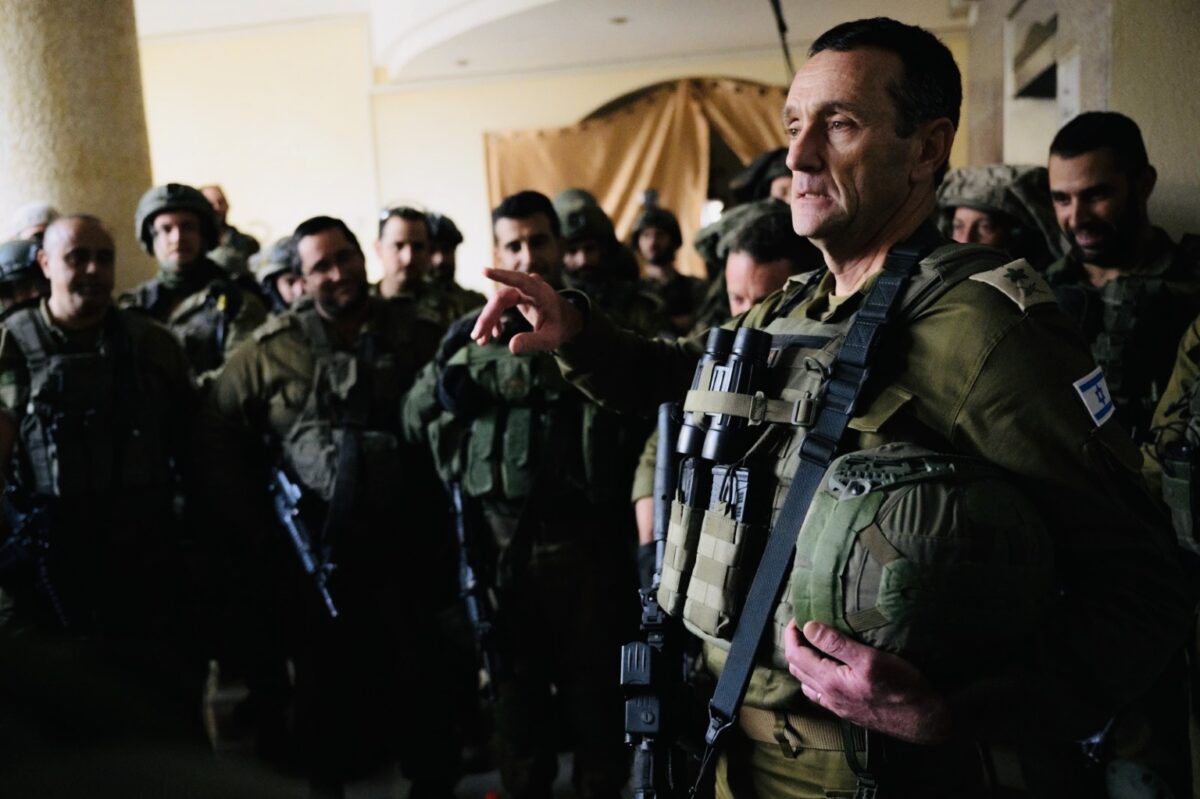Israel’s ongoing military campaign in the Gaza Strip has evolved into a classic textbook example of how a well-trained, superbly equipped modern army conducts intensive urban warfare in a densely-populated area whose 2.3 million residents have often been cynically used by the governing authority as human shields.
Israel’s air, land and sea offensive has been fierce and unrelenting, despite repeated international calls for an immediate ceasefire. It was launched after some 3,000 Hamas terrorists broke through a high-tech security fence, killed roughly 1,200 Israeli civilians and soldiers in kibbutzim, towns and army bases, and abducted 250 hostages.
Since October 7, the worst single day in Israel since the advent of statehood, the Israeli Air Force has bombed Gaza relentlessly, having carried out about 30,000 strikes. The army, in cooperation with the navy, has attacked Hamas centers in and around Gaza City, central Gaza and Khan Younis, killing soldiers and commanders, destroying weapons factories and rocket launchers, confiscating arms caches, and blowing up tunnels.
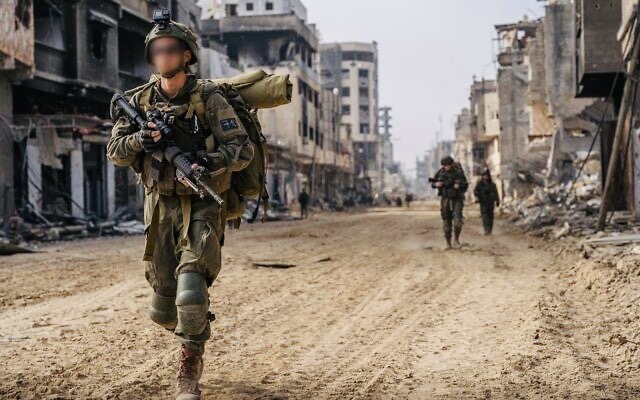
Rafah, Hamas’ last stronghold, has yet to be targeted by Israeli ground forces, but it is on Israel’s list. In the meantime, Israel has struck targets in Rafah from the air.
After nearly six months of war, Israel has inflicted serious blows to Hamas’ military capabilities and its ability to fire rockets at Israeli towns and cities. By all accounts, Hamas and Islamic Jihad have launched more than 13,000 rockets at Israel, most of which have been intercepted by the Iron Dome system.
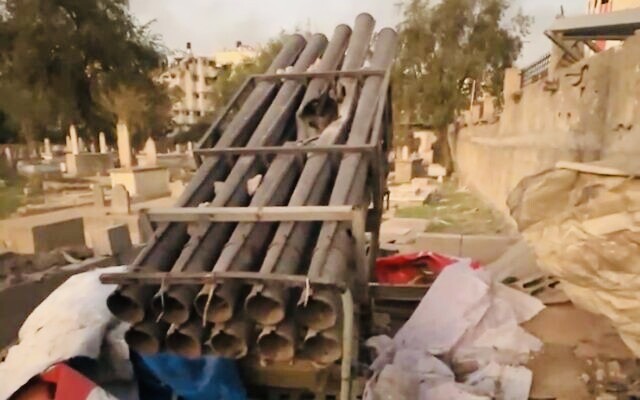
In hammering Hamas, Israel has reduced much of Gaza into a wasteland, creating a humanitarian crisis of the first order that has badly tarnished Israel’s image abroad.
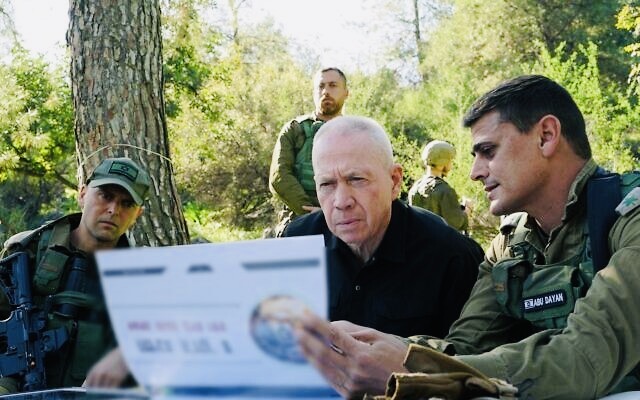
More than 30,000 Palestinian civilians have perished, including some 13,000 Hamas combatants. This figure includes roughly 1,000 Hamas terrorists who were killed in southern Israel in the days following the October 7 massacre. Defence Minister Yoav Gallant says that about half of Hamas’ operatives have been killed or seriously wounded since then. Hamas claims that 6,000 of its fighters have been killed.
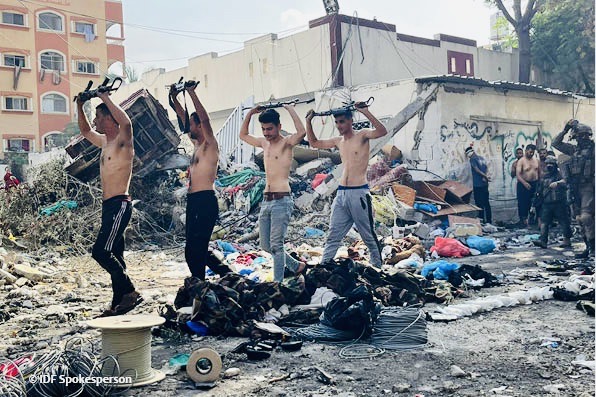
Israel has lost 246 soldiers since the start of the invasion on October 27, many of whom were killed by booby traps in buildings and tunnels.
Israel’s chief of staff, General Herzi Halevi, said last month that Israeli troops have acquitted themselves with “great success,” though he added somberly that a “price” has been paid in terms of soldiers killed and wounded.
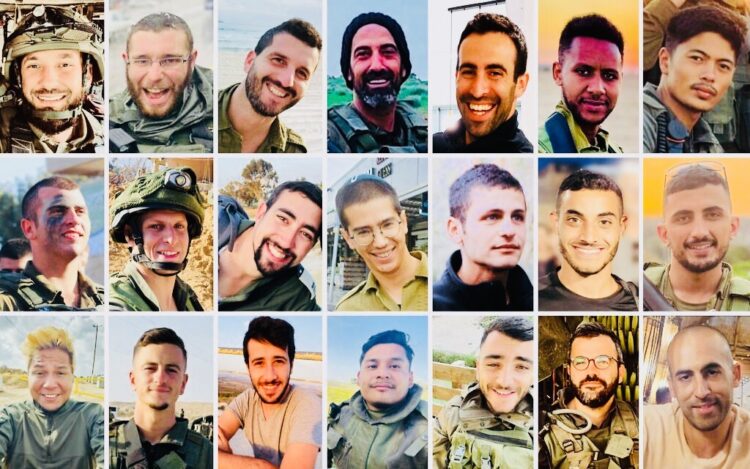
Speaking of Israel’s operations in Khan Younis, Halevi said, “We are reaching places that the enemy did not imagine we could reach, destroying all the strategic assets of Hamas in a city that was considered (its) capital.” Yet Halevi has acknowledged that Israel still has a “long way to go” before it fulfills its objectives.
“Our goal is a complete victory over Hamas,” Prime Minister Benjamin Netanyahu said recently. “We will not end the war without achieving that goal of total victory that will restore security. We will not give it up.”
The war “will take time, months, not years,” to complete, he said. Previously, Netanyahu predicted it would extend into 2025.
Whatever the time frame may turn out to be, it is already clear that the fifth cross-border Gaza war in 15 years has become Israel’s longest armed conflict since the 1948 War of Independence, during which approximately one percent of Israel’s population died.
The current war underscores a harsh reality. The relatively lightning wars that Israel fought and won from the mid-1950s until the early 1970s — the 1956 Sinai war, the 1967 Six Day War and the 1973 Yom Kippur War — are a thing of the past.
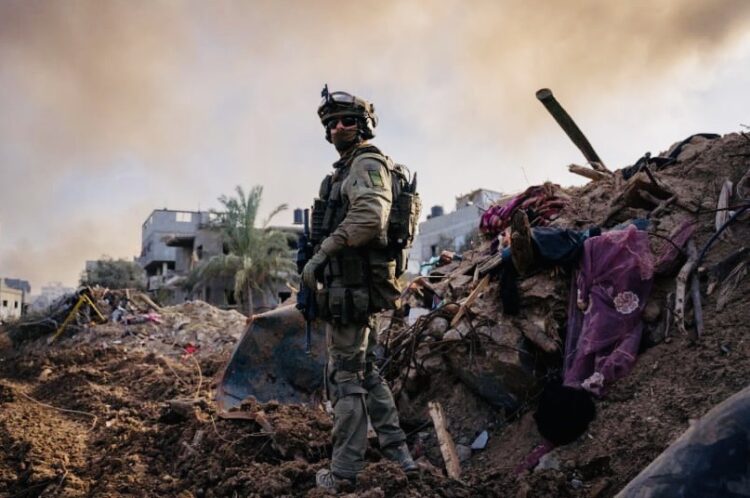
Prior to October 7, Israel had no real appetite to invade Gaza on such a massive scale, fearing that its casualties would be unacceptably too high. But given the atrocities that unfolded on that dark day, Israel’s reservations were swept away.
Israel has waged this war with several aims in mind, writes Udi Dekel of The Institute for National Security Studies at Tel Aviv University.
“The goals, as defined by the Israeli government, are to destroy Hamas’ governmental and military capabilities, create a new reality in Gaza that prevents Hamas from regaining control there, and at the same time bring about the release of all the hostages.
“The operational approach has focused on eliminating Hamas’ senior leadership; dismantling the organization’s armed wing by destroying its chain of command, neutralizing its command and control system, and capturing or killing as many terrorists as possible; destroying Hamas’ underground tunnel networks; demolishing the infrastructure used to manufacture, store, and conceal weapons; neutralizing Hamas’ civilian mechanisms; and destroying the organization’s institutions … Israel has made progress, albeit slowly, toward all these goals … yet a ‘victory image’ remains elusive (if one is even possible).”
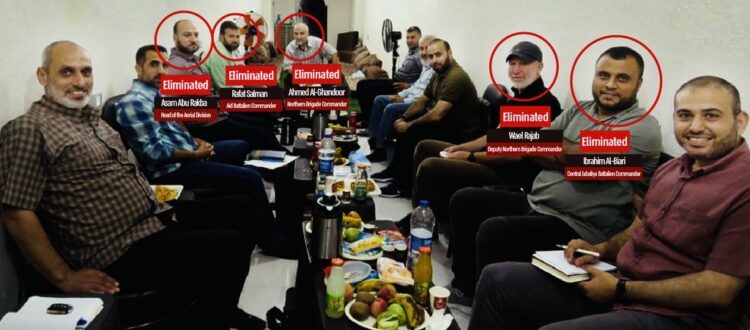
Yaakov Lappin, an Israeli researcher at the Begin-Sadat Center for Strategic Studies at Bar-Ilan University, believes that Israel has gravely damaged Hamas, having dismantled the command structure of 18 of its 24 battalions, which had from 30,000 to 40,000 foot soldiers at its disposal.
“The Hamas war machine has sustained severe damage and is being further degraded by the day. Its ability to function as an organized military force in northern and central Gaza has been eliminated, though Hamas prepared cells with the ability to function independently. These lone cells continue to attack Israeli forces as the opportunity arises, with whatever means they have at hand.
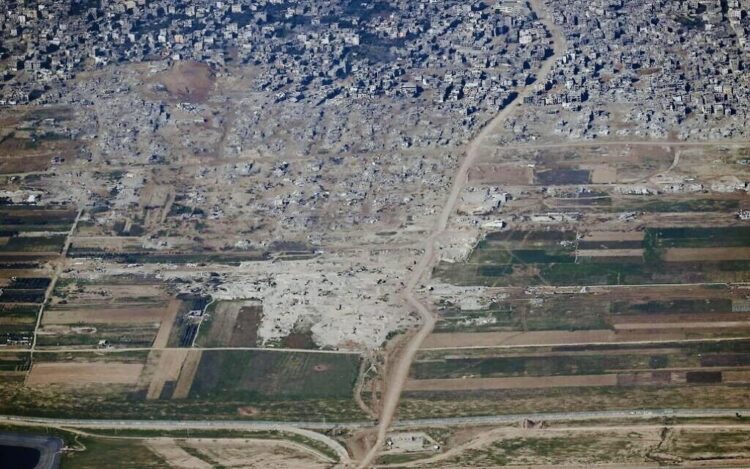
“Hamas’s ability to switch from organized command structures to decentralized guerrilla warfare means that the Israel Defence Force must be prepared for a prolonged fight against a determined asymmetric jihadist force — but one that is losing operatives, commanders and capabilities by the day.”
Israeli clearing operations in the north have not been entirely successful in light of Hamas’ ability to regroup thanks to its extensive tunnel network. “The resistance is still able to inflict pain on the enemy,” Hamas’ representative in Algiers, Youssef Hamdan, said last month.
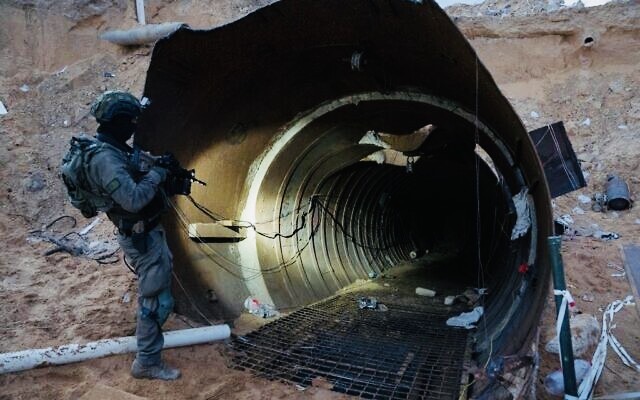
According to The Wall Street Journal, upwards of 80 percent of Hamas’ tunnel system is still intact. Israel has bombed and flooded the tunnels, but progress in eliminating them has been slow. As a result, Hamas operatives have been able to infiltrate into northern Gaza.
Halevi admits that Israeli forces have had to sweep through areas that appeared to be cleared. As he put it, “We come back for the second and third time to targets, kill more enemies, destroy more terror infrastructures and deepen the achievement.”
The Institute for the Study of War in Washington, D.C. reports that Palestinian gunmen claim to have attacked Israeli forces in Zaytoun, in southeastern Gaza City, 92 times between February 19-28. They struck Israeli troops with rocket-propelled grenades, mortars, explosively-formed penetrators, improvised explosive devices, small arms, and rockets. These attacks were in response to the ongoing division-sized clearing operation targeting Zaytoun.
“This high attack rate, involving at least seven Palestinian militias using sophisticated military capabilities, indicates that Palestinian fighters have retained military capacity in southern Gaza City despite two Israeli clearing operations there,” says the institute.
As of February 29, Israeli forces had killed over 450 Palestinian fighters across Gaza over the past ten days, focusing on clearing operations around Zaytoun and western and eastern Khan Younis.
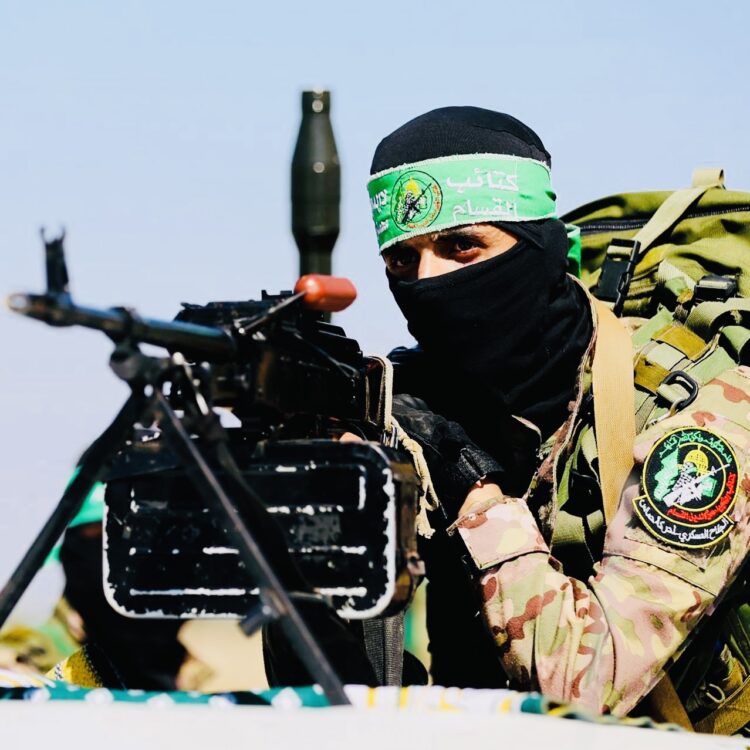
The Hamas fighters that Israeli soldiers have encountered in the field appear to have been trained, in part at least, by Hezbollah and Iran. They have been equipped with light and heavy weapons running the gamut from assault rifles, sniper rifles and machine guns to shoulder-fired anti-tank launchers and mortars. Hamas has also deployed drones, some of which were manufactured in Gaza.
U.S. intelligence officials recently told Congress that, while Israeli forces have has degraded Hamas’ combat capabilities significantly, Israel is not yet close to obliterating Hamas as an organization.
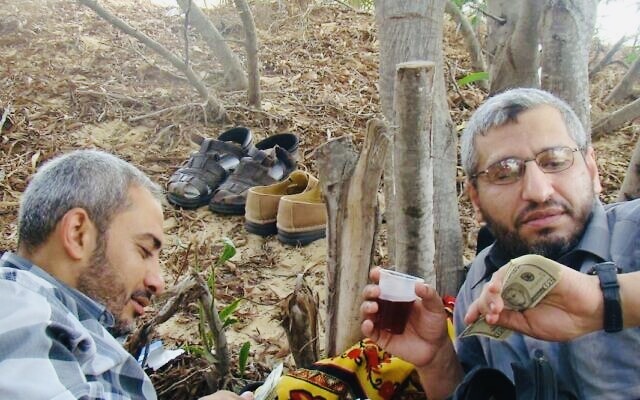
Nor has Israel found Hamas’ three main leaders: Yahya Sinwar, Mohammed Deif, and Marwan Issa. Gallant claims that Sinwar is on the run and out of touch with his fighters, forced to flee from one tunnel to the next.
According to a report on Channel 12, a television station in Israel, Israeli military intelligence has warned the government that even if Israel succeeds in destroying Hamas, it will survive as a guerrilla group.
Similarly, John Kirby, the U.S. National Security Council spokesman, has said that Israel can dramatically reduce the threat posed by Hamas, but will not manage to eliminate it or its toxic ideology.
He has a point.
Palestinian rejection of Jewish statehood, which is at the nub of Hamas’ philosophy, goes back more than a century. It has been an integral part of the Palestinian national movement, which has rejected every Palestine partition plan, or two-state solution, since 1937.
Israel can defeat Hamas on the battlefield, but its message cannot be snuffed out.
